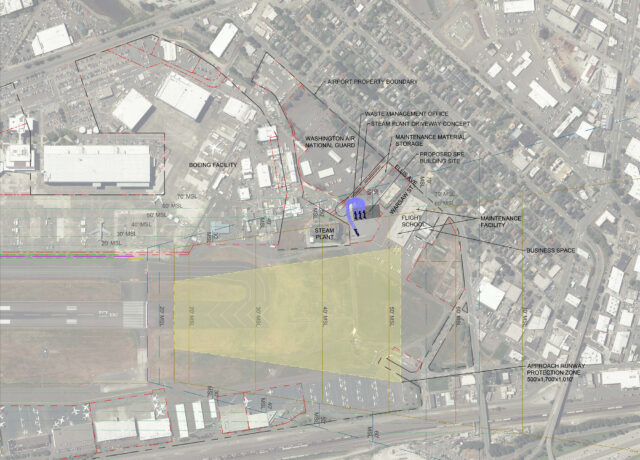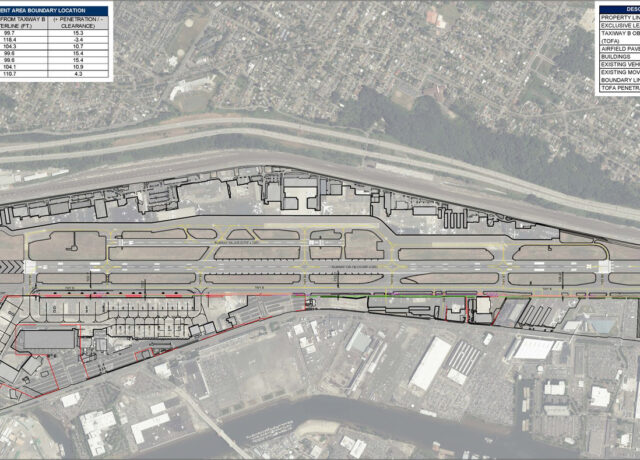King County International Airport Runway 14L-32R Rehabilitation
Project Details
Solutions
Location
Seattle, WA
Client / Owner
King County
Focus Areas & Services
King County International Airport – Boeing Field (BFI) is one of the busiest general aviation airports in the United States. The airport is located five miles from downtown Seattle and provides general aviation and corporate services for some of the country’s most prestigious corporate aviation tenants. In addition to corporate and general aviation traffic, the airport hosts a large Boeing campus on the west side of the airport which includes the final delivery facility for the Boeing 737 series of aircraft. RS&H provides on-call planning and consulting services to assist the airport management at BFI in evaluating and implementing their capital improvement plans.
On-call planning services
RS&H provides on-call planning and consulting services to assist the airport management at King County International Airport-Boeing Field to evaluate and implement their capital improvement plans. Boeing Field is one of the busiest general aviation airports in the United States and provides general aviation and corporate services for some of the country’s most prestigious corporate aviation tenants, including Signature Flight Support, Clay Lacy Aviation, Kenmore Aero Services, and Boeing Company.


Runway 14L/32R rehabilitation project
Runway 14L/32R is a 3,000’ runway used by general aviation and small corporate jets weighing less than 12,500lbs. While only a third the length of the airport’s main runway, Runway 14L/32 is critical to the airport and regional air traffic system. The smaller runway allows air traffic control to move smaller and slower aircraft out of the main traffic flow which increases safety and decreases overall runway occupancy times. With more than 180,000 takeoffs and landings each year, the pavement on Runway 14L-32R had reached the end of its useful life. RS&H completed a Pavement Condition Assessment for the County to quantify the state of the runway pavement in order toto justify the rehabilitation project. It was found that a major rehabilitation project would be necessary to both extend the useful life of the pavement and to improve safety by reducing the potential for Foreign Object Debris. The plans to rehabilitate this second runway are scheduled for construction to start in 2024.
Commitment to sustainability & innovation
King County, the Owner of King County International Airport, have made several commitments to building and operating sustainable infrastructure. As part of this project, RS&H assisted the airport in evaluating third-party sustainability rating systems to help the project team incorporate sustainable design ideas. Ultimately, the County elected to utilize their own internal sustainability reporting system as well as pursue an Envision project certification. In order to achieve their own internal goals as well as the Envision certification, several sustainable project features were incorporated into the design. These include using recycled crushed concrete for the pavement base and subbase. One of the most striking changes will be the replacement of traditional runway and taxiway edge lights and guard lights with LED technology. The lighting changes are estimated to reduce the overall power consumption of the project by 60%. This move aligns with BFIs commitment to sustainable practices and innovative technology.
BFI Airport master plan update and noise compatibility study
RS&H is leading one of BFI’s most important airport capital improvement plan projects BFI Airport Master Plan and Noise Compatibility Study. This is the first win in our history that RS&H will simultaneously lead the development of an airport master plan and Part 150 Noise Analysis.



